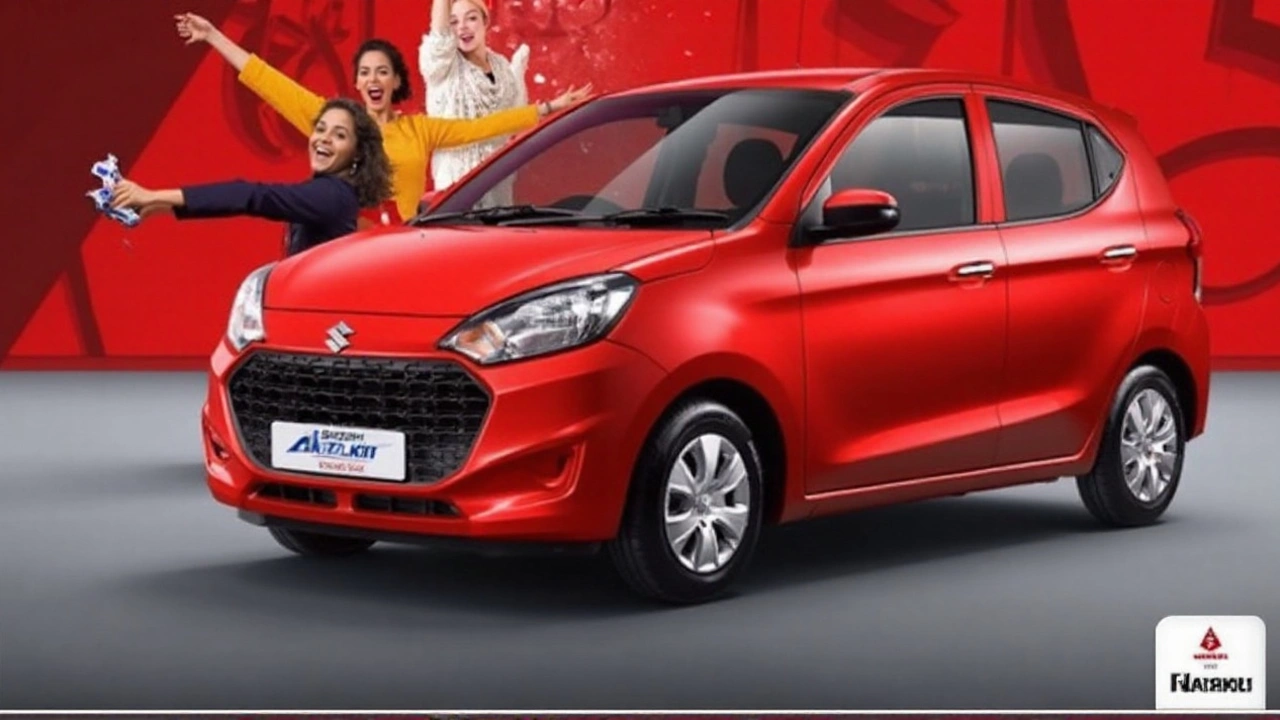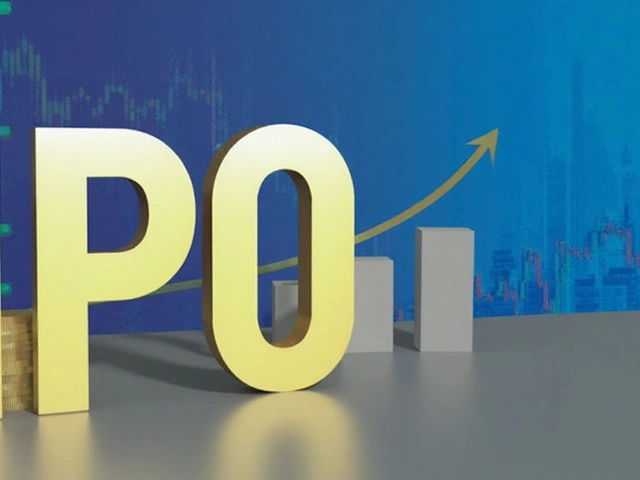Input Costs Explained: What They Are and Why They Matter
Ever looked at a school’s budget and wondered where all the money disappears? Most of it is tied up in input costs – the things a school has to buy or pay for before it can actually teach. Think of textbooks, computers, classroom supplies, even the electricity that keeps the lights on. Understanding these costs helps you spot waste, plan smarter, and keep salaries steady.
Common Types of Input Costs in Education
Input costs come in three big buckets. First, materials like textbooks, lab kits, art supplies, and sports equipment. Second, services such as cleaning, cafeteria food, transportation, and IT support. Third, infrastructure – the building itself, maintenance, heating, and even Wi‑Fi upgrades. Each of these shows up on the balance sheet, but they affect daily life in different ways.
For example, a sudden rise in textbook prices can squeeze the learning budget, forcing teachers to rely on older editions. Likewise, a spike in electricity rates during summer can push up the utility bill, leaving less money for extracurricular programs. When you know where the money goes, you can start asking the right questions like, "Can we switch to open‑source textbooks?" or "Is there a more energy‑efficient lighting system?".
How to Manage Input Costs Effectively
The first step is tracking. Use a simple spreadsheet or budgeting software to list every expense category and its monthly cost. Highlight the items that make up more than 10% of the total – those are your big levers. Next, compare vendors. A phone call to a competing supplier can often shave off 5‑15% on supplies without losing quality.
Don’t forget to look at the lifecycle of each input. Buying a cheap printer might save cash today but could cost more in ink, repairs, and replacement next year. Investing a bit more upfront for a durable, energy‑saving device often pays off over its lifespan. This long‑term view is especially useful for infrastructure upgrades like HVAC systems.
Another practical tip: involve staff in the cost‑saving conversation. Teachers who use the supplies daily can suggest alternatives that work just as well. A cafeteria manager might find a local vendor offering fresh produce at lower prices than a national chain. When everyone feels heard, ideas flow faster and budgets improve.
Finally, revisit the budget every quarter. Economic conditions change, and so do input costs. A regular review lets you adjust allocations before a small overspend becomes a big problem. It also shows stakeholders that you’re on top of the numbers, building trust and transparency.
Bottom line: input costs are the hidden engine behind every school’s operations. By knowing what they are, where they appear, and how to control them, you turn a confusing expense list into a clear roadmap for smarter spending. So next time you open a budget report, start with the inputs – and watch how quickly you can spot opportunities to make every dollar count.

Maruti Suzuki raised prices three times in 2025—January, February, and April—citing higher input costs and tighter regulations. Hikes reached up to 4% or Rs 32,500 depending on the model, covering both Arena and Nexa lineups. Hyundai and Mahindra also increased prices, pointing to industry-wide pressure from raw materials, safety tech, and emission norms.
Continue Reading





